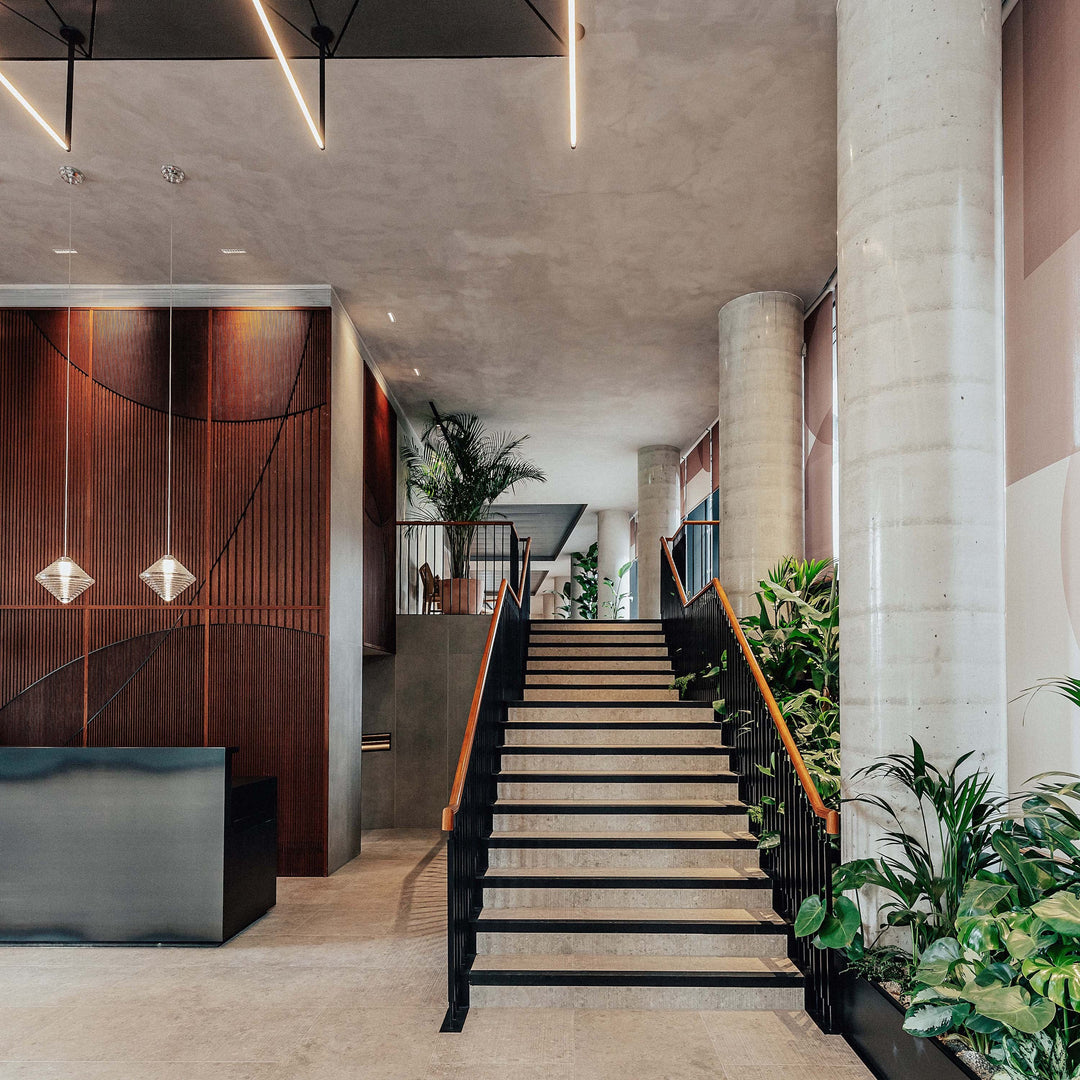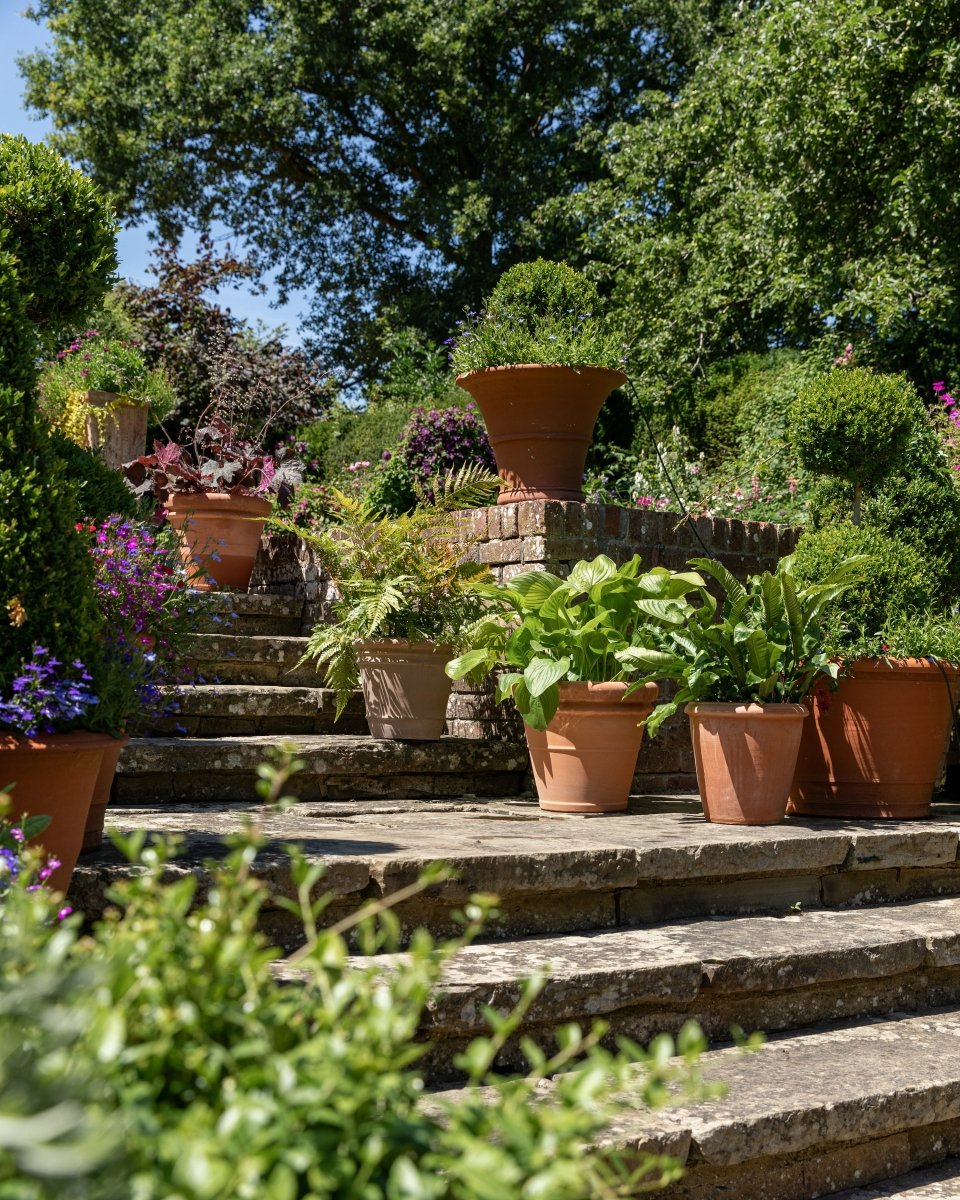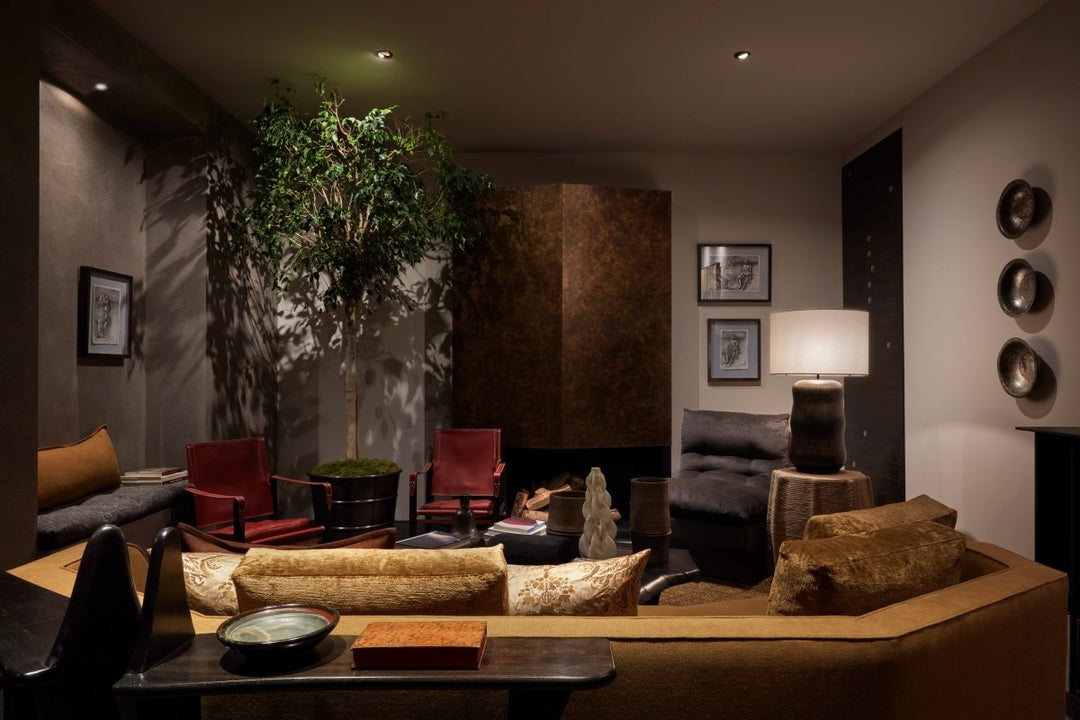The lush Rhapis Excelsa is a true shade plant, able to survive with very little light, making it perfect for spots quite distant from a window.
The Rhapis palm grows naturally in the shade of taller trees, so receives little sunlight, but compensates for this by creating chloroplasts which convert and store light as energy for the plant to use later.
This shade-loving palm is native to Southeast Asia and belongs to the plant family of Arecaceae.
Location
Place the palm up to 5 meters away from a window (7 meters from a south-facing window).
If nearer to the window make sure it is only receiving indirect bright light, as prolonged direct sunlight will cause yellow discolouration of the leaves.
Watering
As Rhapis have adapted to lower light conditions they don’t require too much water, but like their soil to remain slightly moist; your plant will quickly deteriorate if it is regularly drying out. It's also important that excess water can drain to prevent root rot.
Spraying and Temperature
It can benefit from the leaves being cleaned with a damp cloth or misting to remove dust. We advise you spray with rainwater or descaled water to avoid limescale staining.
Ensure a minimum temperature of 12°C during the day and 8°C at night.
Pruning
The lower leaves of the Rhapis develop brown tips over time. This is a normal and natural process. A palm keeps making new leaves from above, and the lower leaves die off. This is how the trunk is created. If the brown tips become very unsightly, you can trim them off with pinking shears. If you do it this way, it retains the natural look of the leaf. Ultimately, the entire leaf turns brown and/or yellow, and then it's best to cut it off at the trunk.
Nutrition
The Rhapis needs feeding in the spring and summer months. In addition to supporting growth, nutrition also intensifies the green colour of the leaves. There is special palm food that you can use for this. The recommended number of feedings and the amount per time is stated on the plant food's packaging.






















